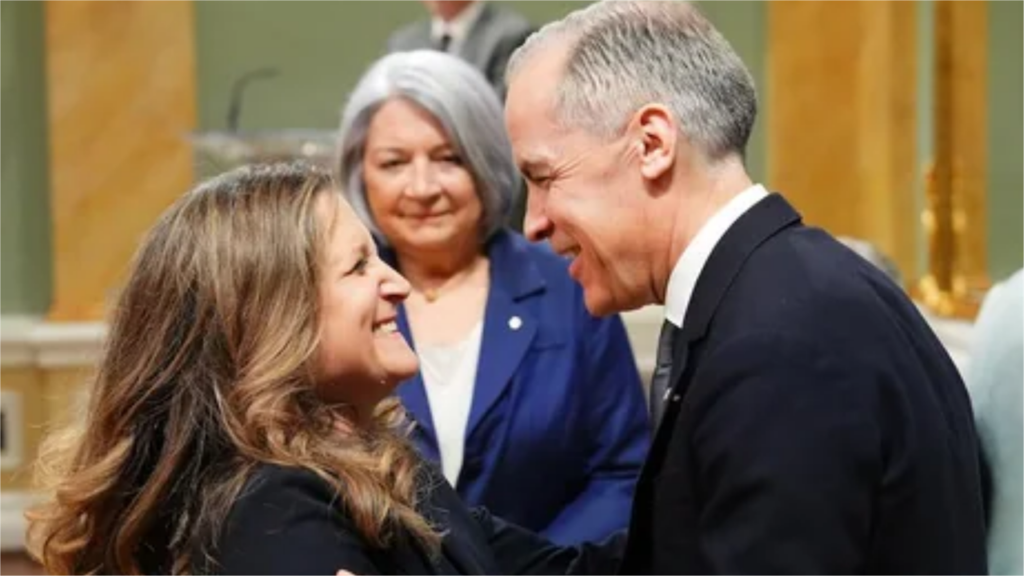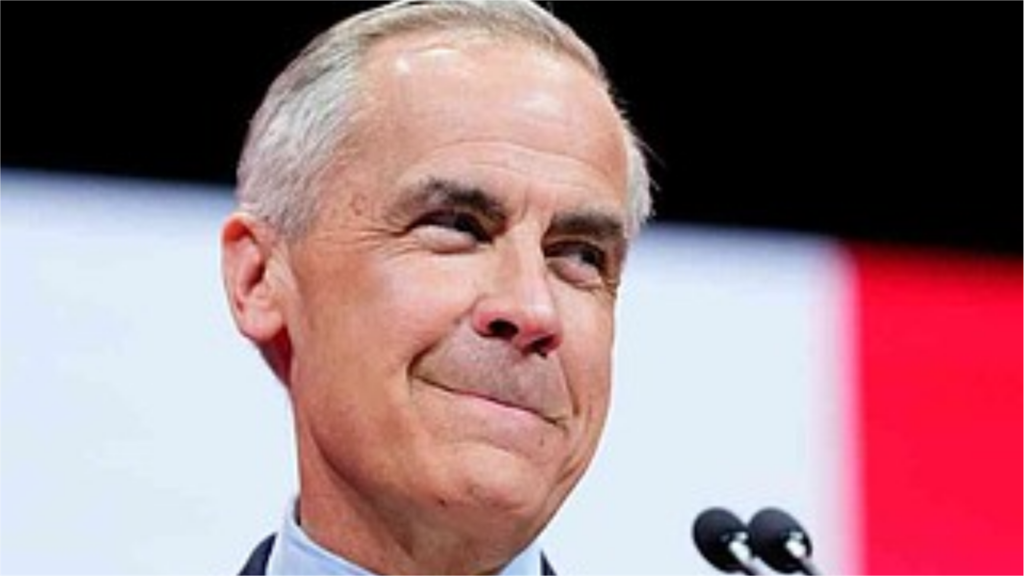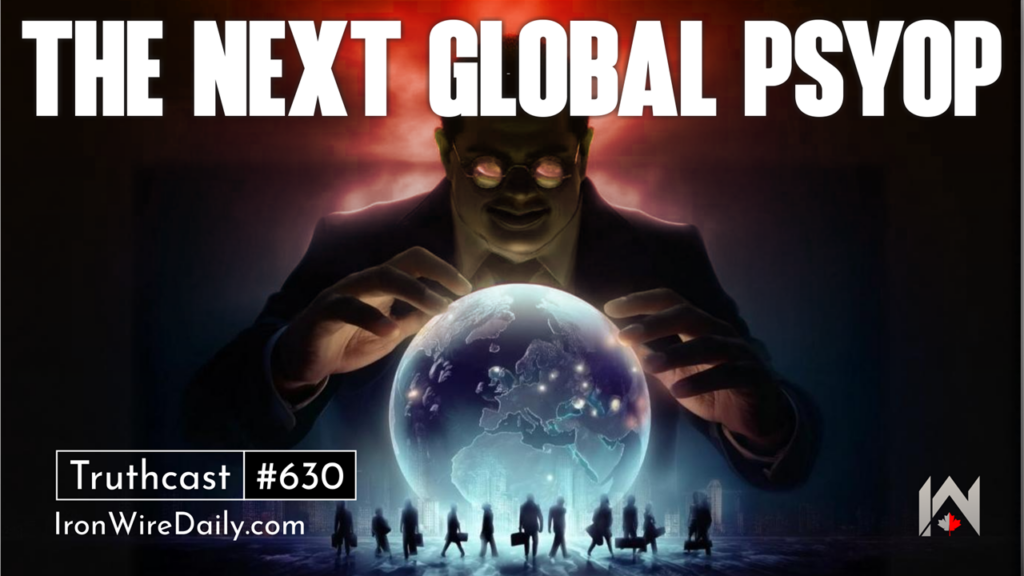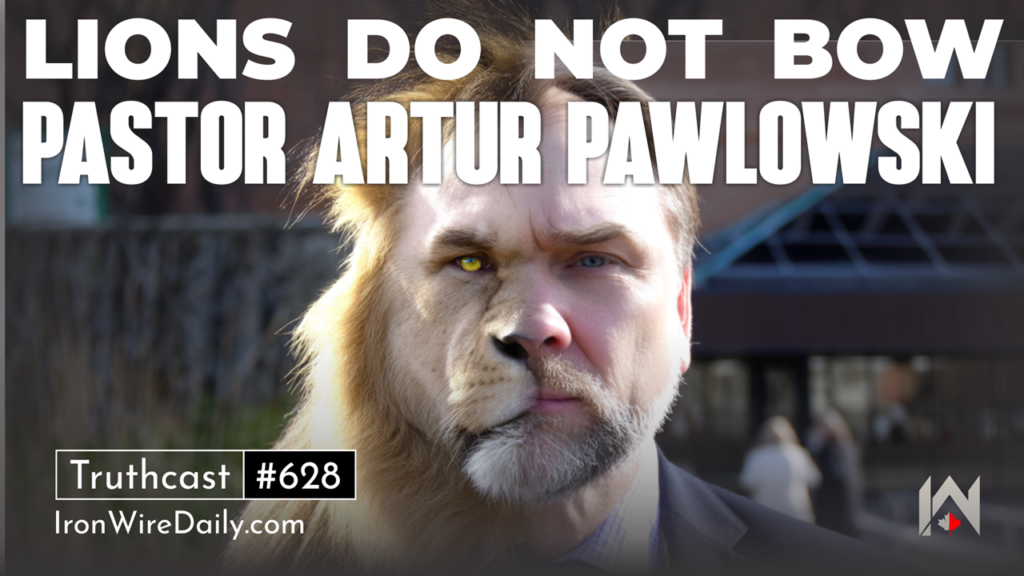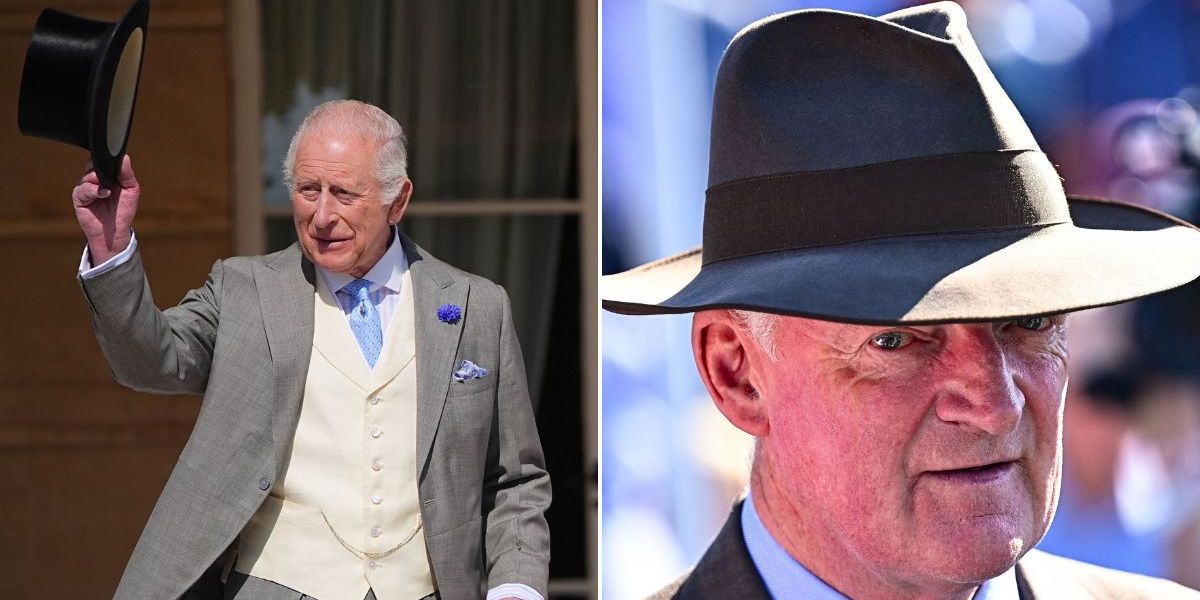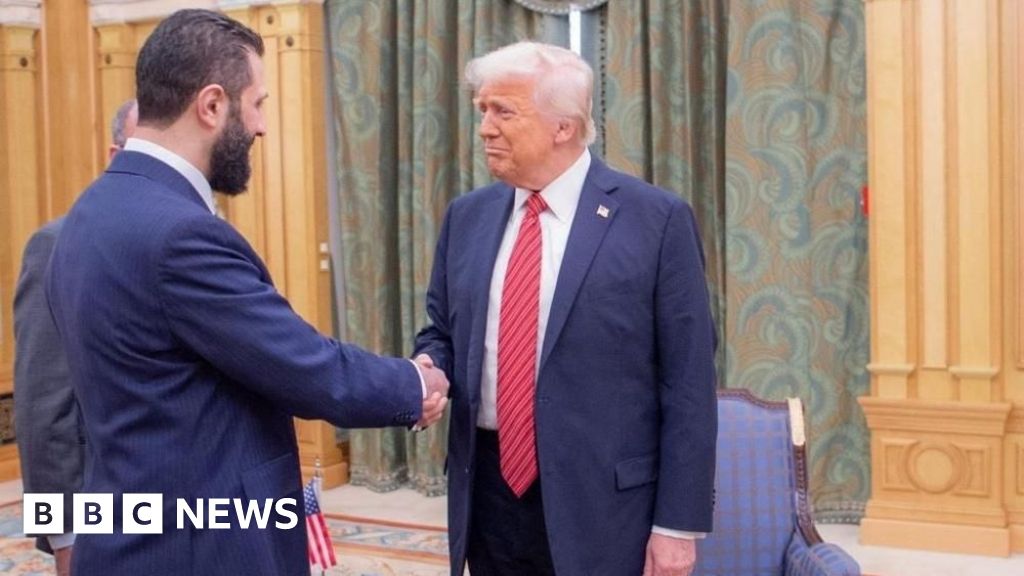Leo XIV’s election invites Americans to revisit Leo XIII’s teachings on Church and state – LifeSite

Wed May 14, 2025 – 11:57 am EDTWed May 14, 2025 – 11:58 am EDT
“We highly esteem and love exceedingly the young and vigorous American nation, in which We plainly discern latent forces for the advancement alike of civilization and of Christianity.” — Pope Leo XIII, Longinqua Oceani
(LifeSiteNews) — Few expected Robert Francis Prevost to step out to greet the Catholic world in a white cassock last week. His election as Pope Leo XIV has sent ripples across the Catholic world. Not only is he the first American pope, but his choice of name also evokes the legacy of Leo XIII, the 19th-century pontiff whose writings on America’s political culture and the Catholic Church’s identity remain sharply relevant. Prevost’s Leonine predecessor simultaneously praised the United States – a nation he saw filled with potential for Christian greatness – but also forewarned that certain philosophies within the American mentality could corrupt both itself and its own Catholicism. The new pontiff might just be subtly, quietly calling us to revisit that warning.
Leo XIII – born in nearby Lazio as Raffaele Luigi Pecci in 1810 – reigned as pope from 1878 to 1903. Known as the “Pope of the Workers” and the “Pope of the Rosary,” he combined pastoral zeal with philosophical clarity. He was a founder of soup kitchens and homes for the poor. He was also the first pope to address the situation of the Catholic Church in the United States in direct and systematic ways.
Among his many writings, two documents stand as particularly relevant to the American question: the 1895 encyclical Longinqua Oceani, addressed to the bishops of the United States, and the 1899 Testem Benevolentiae Nostrae, written in response to what were perceived as theological adaptations (verging on becoming a heresy) emerging within the American Church. Both documents reflect a papacy navigating admiration and apprehension in equal measure.
In Longinqua, Leo XIII struck a tone of affectionate respect. “We have often praised, and do now again and again praise, the admirable civil constitution of the United States,” he wrote, noting the liberty the Church enjoyed under its laws. He commended the “energy and enterprise of the people,” the hierarchical structure of the American Church, and the evident devotion of the faithful. Still, he warned against mistaking America’s legal tolerance for a theological ideal. “It would be very erroneous,” he added, “to draw the conclusion that in America is to be sought the type ideal of the Church-State relation.”
This paradox – praising America’s industriousness and ability to contribute to the Church great service and strength, while warning against enshrining its political philosophy as divine or perfect – defined Leo XIII’s approach. He was perhaps the first pope to write what could be described as a papal “love letter” to the United States. And yet, like a watchful father, he was also its most exacting critic.
READ: Why asking who elected Leo XIV is the wrong question
In Testem, Leo XIII addressed concerns about what was then referred to as “Americanism.” The letter, sent to Cardinal James Gibbons of Baltimore, was prompted by reports that certain American thinkers were downplaying traditional Catholic devotions, prioritizing individual conscience over hierarchical teaching, and attempting to reconcile doctrine with modern cultural sensibilities. Without naming names, Leo warned against any tendency “to shape her doctrines more in accord with the spirit of the age” or to “relax her ancient severity and make some concessions to new opinions.” The implication was not condemnation, but a clear line: adaptation could not come at the cost of truth.
The Church in the United States grew steadily more prominent throughout the 20th century, and the questions Leo XIII raised about the compatibility of Catholicism and American political culture never disappeared. They returned – more subtly, but no less significantly – at the Second Vatican Council.
At the center of this renewed conversation stood Father John Courtney Murray, an American Jesuit theologian and political thinker who helped draft Dignitatis Humanae, the Council’s declaration on religious liberty. Murray championed a vision of the Church that could exist peacefully and fruitfully within a pluralistic society. His articulation of religious liberty as a natural right, rooted in human dignity and protected by the state, was viewed by some as a development of Leo XIII’s teaching. Others, however, questioned whether Murray’s framework subtly shifted the emphasis: from toleration of religious diversity as a prudential necessity to an endorsement of it as a moral and political good in itself.
Critics pointed to Leo XIII’s caution that liberty alone was not sufficient to uphold truth; indeed, it could become its opposite if detached from divine revelation. Dignitatis Humanae did not deny this, but its tone was more optimistic, suggesting a model of Church-State interaction that, in effect, resembled the American experience. In time, with the help of Vatican II, this model came to influence ecclesial and political developments far beyond the United States.
In traditionally Catholic nations such as Portugal, Spain and Malta, where constitutions once formally recognized the Catholic Church and aligned civil law with her moral teachings, the shift was tangible. By the 1960s, these nations still forbade divorce and abortion, upheld Sunday as a day of rest, and maintained high rates of sacramental participation. Today, all are secular states. Those same countries now have, under pressure from secular norms and EU legal frameworks, largely reversed those positions. Divorce is now legal in all three, and abortion has been legalized in Portugal and Spain; Malta remains the only holdout. The United States and Vatican II’s influence may not be the sole cause, but nor ought they likely be underestimated.
While sin and grave evil are matters for each individual human will, and inevitably take place irrespective of civil laws – the Church nevertheless acknowledges that we are not mere individuals but part of a flock: our communities, nations, and most of all the Church. Like sheep, it is all too easy for us to be influenced by movements within the herd.
It’s the job of both leaders in the Church and faithful politicians to shepherd the sheep, to erect fences to protect them, and to ward off the wolves. When evils, which offer convenient solutions out of difficult situations for imperfect and fallen creatures, are legally sanctioned – they are almost inevitably likely to swell in societies. When things like abortion become commonplace in society, newer generations (especially those with lesser theological formation or those spiritually cut adrift) are likely to be influenced. The grave consequence this has for souls should be considered carefully.
While some have embraced the post-conciliar trajectory as progress, others express concern that the Church’s unique public voice has been diminished. The balance between engaging the modern world and resisting its more corrosive tendencies remains elusive.
Meanwhile, the paradox Leo XIII touched upon continues. The United States has indeed produced excellent spiritual fruit. It leads, with France, the traditional Catholic movement around the world – something which promotes and supports not only recovery of the Church’s ageless liturgy but also fidelity to her ancient teachings. American evangelists and apologists – Father Mike Schmitz, Bishop Robert Barron, Scott Hahn – help to convert and strengthen swathes of believers across continents. Initiatives like the recent National Eucharistic Congress and the Mass of the Ages films are hard to conceive happening in another country in the same way, and with the same professionalism or scale.
And yet, the nation also fosters industries which celebrate sin – such as are found in the decadent gambling dens of Las Vegas or the profane studios of Los Angeles – in manners unthinkable in the laws of old Catholic Europe. America is a paradox nation; one where two souls exist. The honest, vocally Christian, brave side exemplified by uncompromising religiosity in the Amish or figures such as Mother Angelica or Sister Wilhelmina Lancaster. Yet, today, it is also defined by the likes of Kim Kardashian.
READ: Does Pope Leo XIV represent a new dawn for the Church?
Several authors have attempted to unpack how this turn took place. One of the more provocative voices is that of David Wemhoff, whose book John Courtney Murray, Time/Life and the American Proposition: How the CIA’s Doctrinal Warfare Program Changed the Catholic Church claims that Murray’s ideas aligned too closely with American political interests. He even alleges, controversially, a link between Murray and U.S. intelligence operations, aimed at soft-power influence within the postwar Church. The claim is disputed and should be treated with caution. Still, the suggestion that American political philosophy subtly permeated Catholic theology during this period continues to raise questions.
It is highly unlikely Leo XIV’s name is a direct signal of a coming course correction. But it is not implausible that it could simultaneously be a subtle nod – from a learned American himself – to his Leonine predecessor’s old papal critique that despite the nation’s often great merits, America’s founding principles are neither infallible nor divine.
Leo XIII was clear that democracy and liberty could serve the Church well – but only if they remained ordered to truth, not merely to consensus. “The Church,” he wrote, “is not built upon the freedom of the individual, but on the authority of God, transmitted through the Apostles and their successors.” He feared that if the Church were shaped too closely by the liberal ethos of modernity, it might lose its capacity to shape the world in return. The Church should not conform to the age; the age should be called to conversion.
Even Longinqua, his more optimistic letter, warned against exporting the American model as a universal blueprint. “It is not expedient that the Church be separated from the state,” Leo XIII wrote. While toleration might be necessary in pluralistic contexts, it was never the ideal. And yet, in the decades following Vatican II, the American model came to be viewed –implicitly or explicitly – as the Church’s new posture in the modern world. In that light, Leo XIII’s reservations now seem more prophetic than reactionary.
What Leo XIV will do with this legacy remains unknown. His early remarks, including a public reference to Rerum Novarum, confirm familiarity with Leo XIII’s corpus. Whether he will reengage the American question directly is yet to be seen. But the moment invites reflection – not only on past warnings, but on future possibilities.
Uniting the Catholic Church formally and constitutionally with nearly any contemporary State is arguably hardly a feasible possibility. In the case of the United States, Leo XIII did not think it was. Yet a consciousness of how the divine law should influence civil law (and not vice versa) still ought to inform our political sensibilities as Catholics. Holy Mother Church is our teacher with the authority and voice of Christ. Not Barack Obama. Not Donald Trump. Not George Washington.
For traditionally-minded Catholics (as our new pontiff may indeed be) Leo XIII’s vision offers no a call to nostalgia, but a kind of blueprint. The goal is not to abandon the public square, nor to accommodate it uncritically. It is to enter it with a distinct witness, to work with realities before us diplomatically and animated not by approval, but by fidelity. The deeper question Leo XIII posed over a century ago – can the Church in America remain both fully Catholic and fully American without becoming a mere devotee to its secular and deist political ideals? – remains as urgent as ever.
And so, we return to that moment when the name “Leo” once again rang out above the crowds in St. Peter’s Square. Whether the new pontiff intends to revive the spirit of Leo XIII or merely honor his memory is unclear. But in that name there lies a potential, gentle provocation.
Our new pontiff seems to be a unifying figure. He appears to want to preserve the best on all sides – and listen to all legitimate concerns. Perhaps he wants to do so with the Church’s old encyclicals too. Perhaps he even wants to take that approach to his beloved home country, following in the footsteps of his nominal predecessor. Perhaps under his leadership the United States will become that force “for the advancement alike of civilization and of Christianity” Leo XIII prophetically envisaged. Time shall tell.
The debates of the past are never entirely buried. Sometimes, it only takes a name to raise them again.
